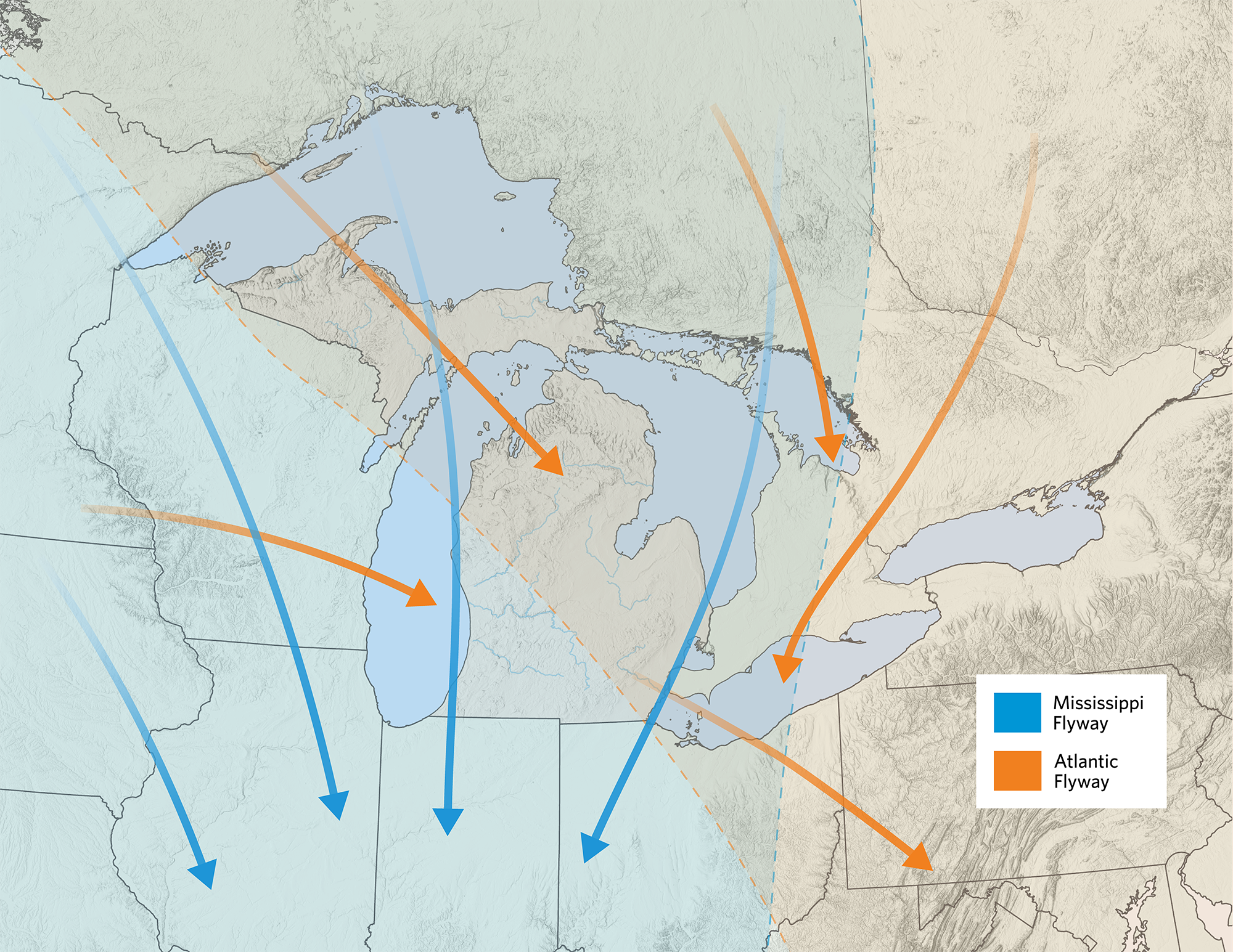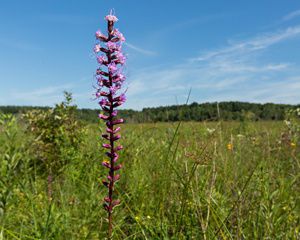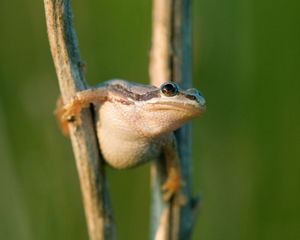A Tale of Two Flyways
Every year migrating birds road trip across Michigan, but climate and biodiversity threats could make pit stops harder. Associate Director Patrick Doran shares three species and refuges to know.
Imagine that you’ve been driving for hours and are in desperate need of a break: your eyelids are heavy, your legs are stiff and your kids are begging for a bathroom break. But what do you do if there’s just nowhere to stop? As migrating birds travel across our state from thousands of miles away, they are looking for just that—a place to rest and refuel.
Home to two migratory flyways, the Mississippi and the Atlantic, Michigan has no shortage of air traffic. Whether I’m at my daughter’s soccer game or my neighborhood park, there’s always something looking for a place to land. As a lifelong birder, here are a few migratory travelers who stick out to me as unique.
An Impressive Pair of Loons
In Seney National Wildlife Refuge in the Upper Peninsula, a breeding pair of common loons known as “Fe” and “ABJ” have been together since 1997. While loons do not usually mate for life, the pair is both the oldest documented in the world and one of the most productive. For 25-plus years, they have avoided many perils, from avian botulism to lead and mercury in the lakes, yet they continue to thrive.
Loons migrating to Michigan tend to find their ideal habitat in the thick forests of the northern Lower Peninsula and Upper Peninsula where quiet waters provide them with the resources they need. In 2017, The Nature Conservancy (TNC) protected a swath of land just like this in the Upper Peninsula. The diverse habitat of Wilderness Lakes Reserve provides a home for rare and threatened animal species like the loon.


The Owls of Whitefish Point
Michigan’s Whitefish Point, extending out into the harsh waters of Lake Superior, is a globally significant migratory route for numerous species. During both the spring and fall migrations, thousands of birds travel through this natural corridor to take advantage of the ample access to both land and water. Naturally, the area is considered one of the best places for birdwatching during the migratory seasons.
Among the birds found crossing through the corridor are an impressive variety of owls. Researchers have spotted northern saw-whet, boreal, great horned, great gray, barred snowy, northern hawk, long-eared and short-eared owls.
Flying across the vast waters of the Great Lakes can be perilous. Places like the Keweenaw Peninsula and Whitefish Point provide migrating birds with a place to rest and refuel before traveling onward. In the Two-Hearted River Forest Reserve in the Upper Peninsula, we’re working to restore the forest so that it can provide another resting place for migrating birds and other species of wildlife.


White Pelicans at Erie Marsh
TNC’s Erie Marsh Preserve is a wonderland for birders. Thousands of migrating birds use this preserve as a nesting and stopover spot. Located in the Atlantic migratory flyway, Erie Marsh Preserve is a critical priority for coastal wetland restoration. The preserve contains 11% of the wetlands left in southeast Michigan and in 2011 TNC implemented a multi-year restoration project at Erie Marsh.
With its location along the shore of Lake Erie, the preserve is the perfect resting place for white pelicans. Since the 1970s, these massive birds have been increasing their numbers from tens of thousands to more than 100,000. With the population doubling or more in size, the species is expanding its migratory range to find more suitable habitats.
Quote
With the population doubling or more in size, the species is expanding its migratory range to find more suitable habitats.
One year, I spotted more than 60 white pelicans soaring around Erie Marsh in groups; it was incredible to see! Without the protection of high-quality wetlands like Erie Marsh, that wouldn’t be possible.


Addressing Climate Change and Biodiversity Loss
As climate change continues to disrupt ecosystems, it’s more important than ever that we work to protect the most climate-resilient places. As demonstrated by the white pelicans in Michigan, human development and habitat loss can lead to a species' decline. But the rebound of the pelican population at Erie Marsh also teaches us a hopeful lesson: when we restore suitable breeding and foraging areas, we can still give nature a chance.
Protecting Migratory Routes in Michigan
To protect these species, we have to think about their entire journey. A bird may stop in Detroit or rest in a farmer’s field before ending their flight along a quiet lake in the Upper Peninsula.
Just like we look for a safe, clean place to rest when we’re on a trip, we have to provide them with a safe place to land.
North Point
The North Point Peninsula is an essential breeding habitat for native fish, a home to rare plants, and a critical stopover for migratory birds. Working alongside our partners, TNC has helped protect this beautiful stretch of Lake Huron shoreline.
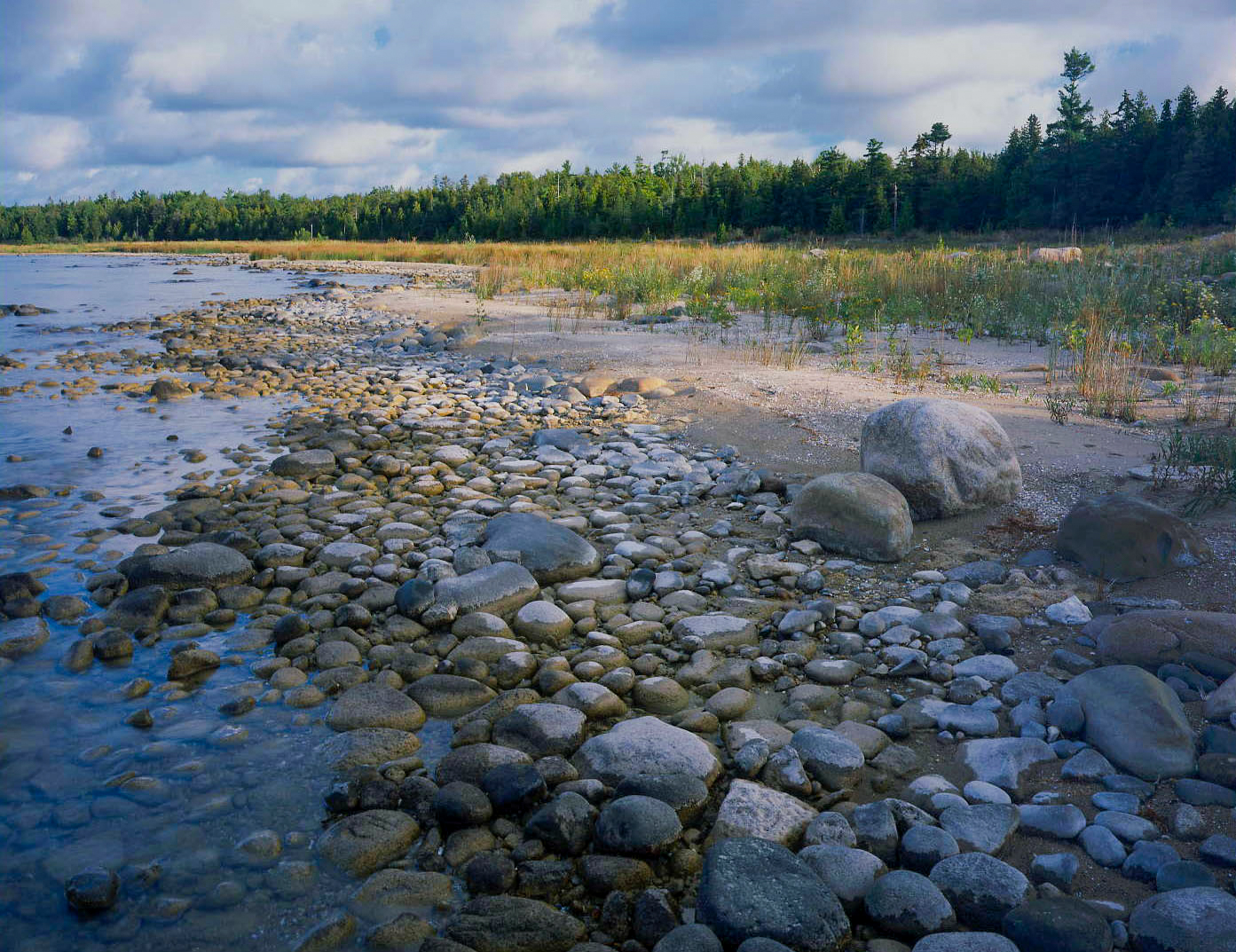
Saginaw Bay
In the Saginaw Bay and western Lake Erie watersheds, TNC is working with farmers to shift to practices that reduce harmful runoff.
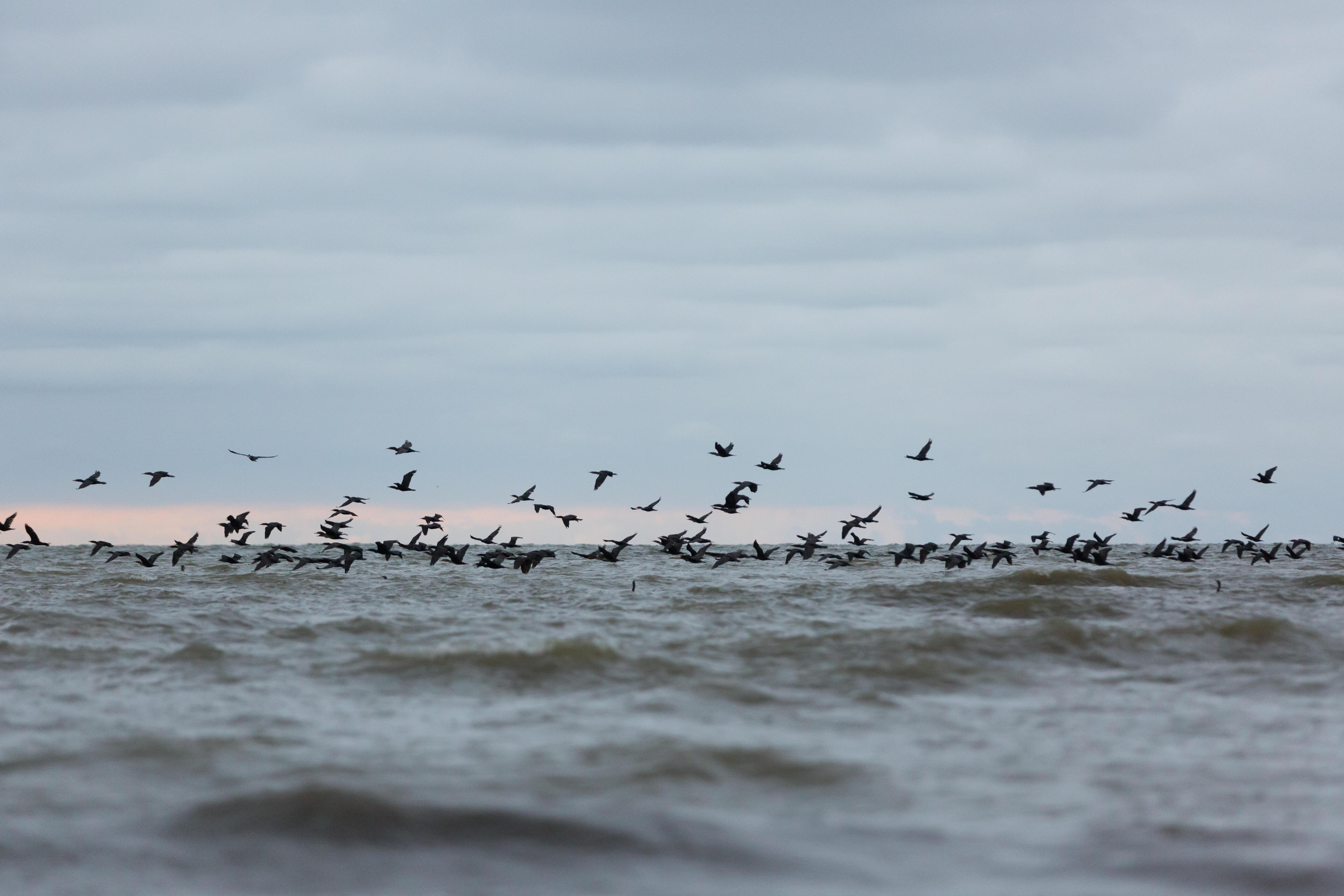
Keweenaw Peninsula
Bete Grise Preserve, Helmut and Candis Stern Preserve and Mary Macdonald Preserve at Horseshoe Harbor in the Keweenaw Peninsula provide vital resting places for migratory species looking to cross Lake Superior.
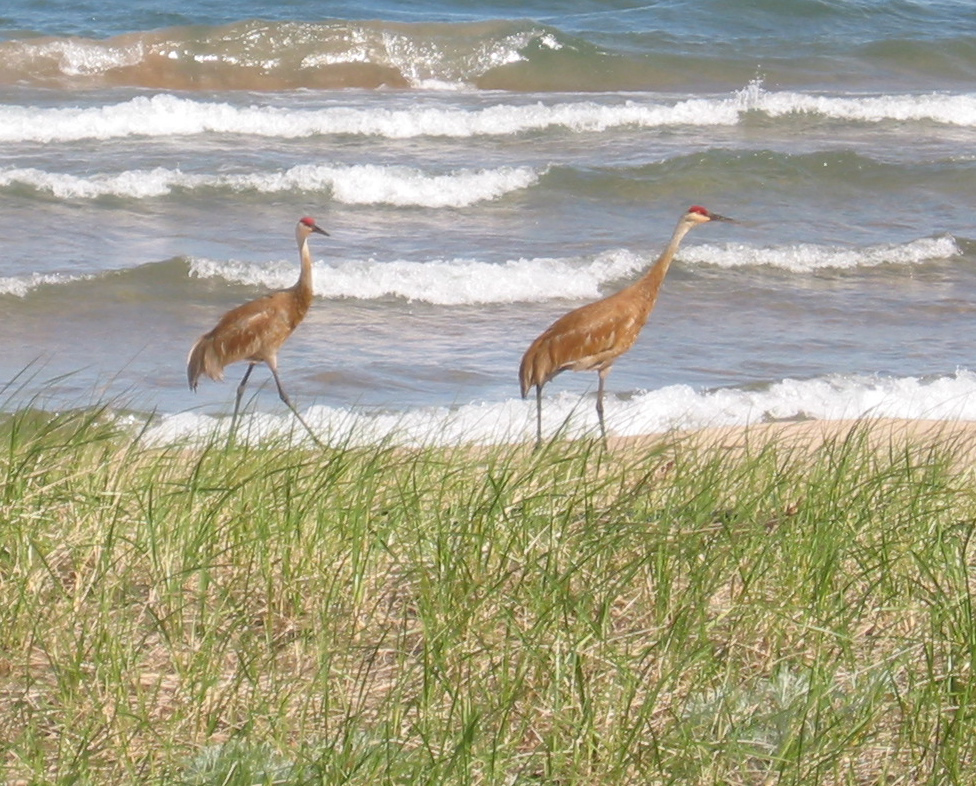
Erie Marsh
Erie Marsh is one of the largest coastal wetlands along Lake Erie, supporting animals and plants that would be hard-pressed to find suitable habitat. The most significant feature of this area is its role as a migratory and nesting area for birds.
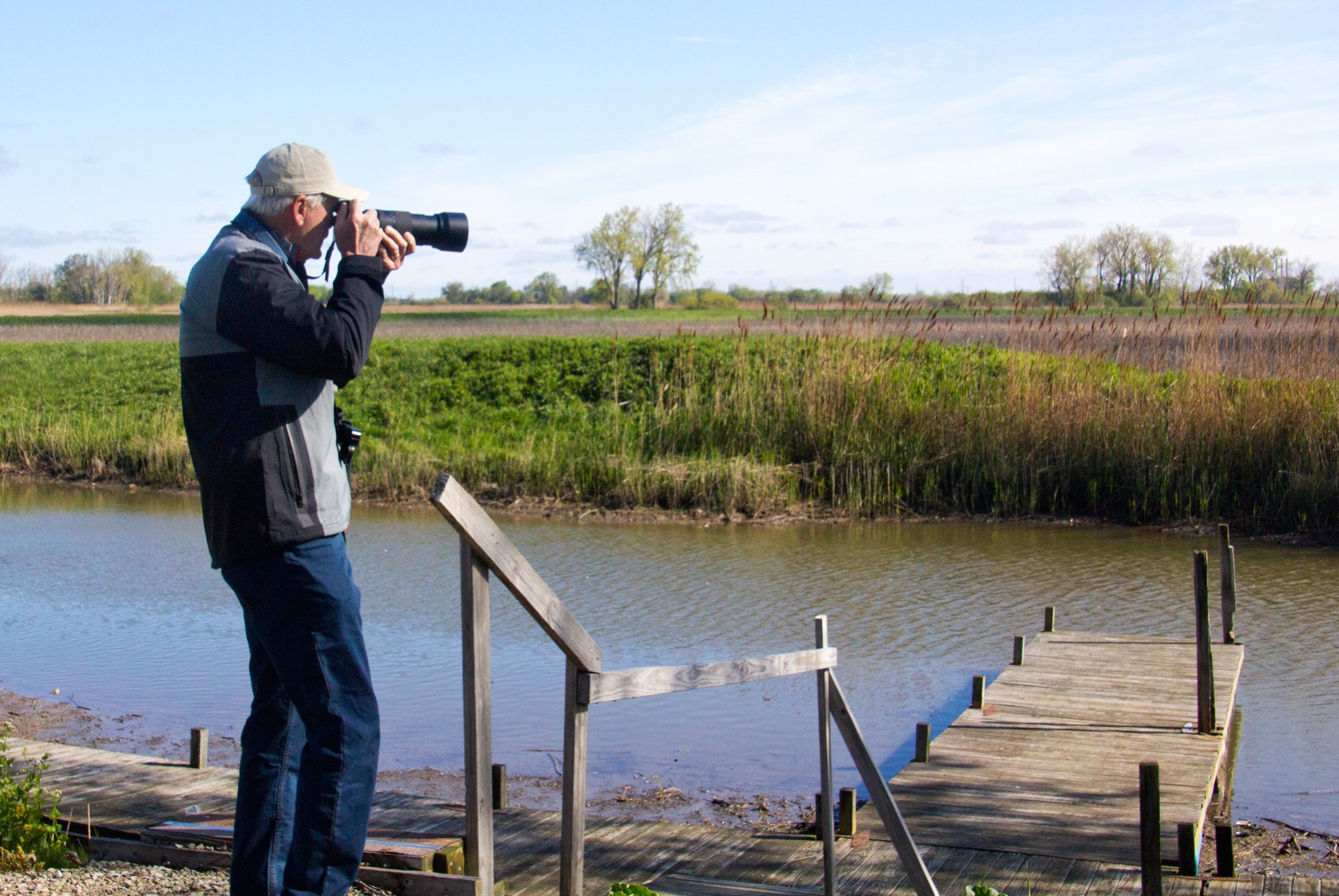
Wilderness Lakes
Wilderness Lakes Reserve sits amidst the northern forests of the Great Lakes. In addition to being a critical wildlife corridor, the reserve provides a habitat for rare and threatened animal species like the loon.
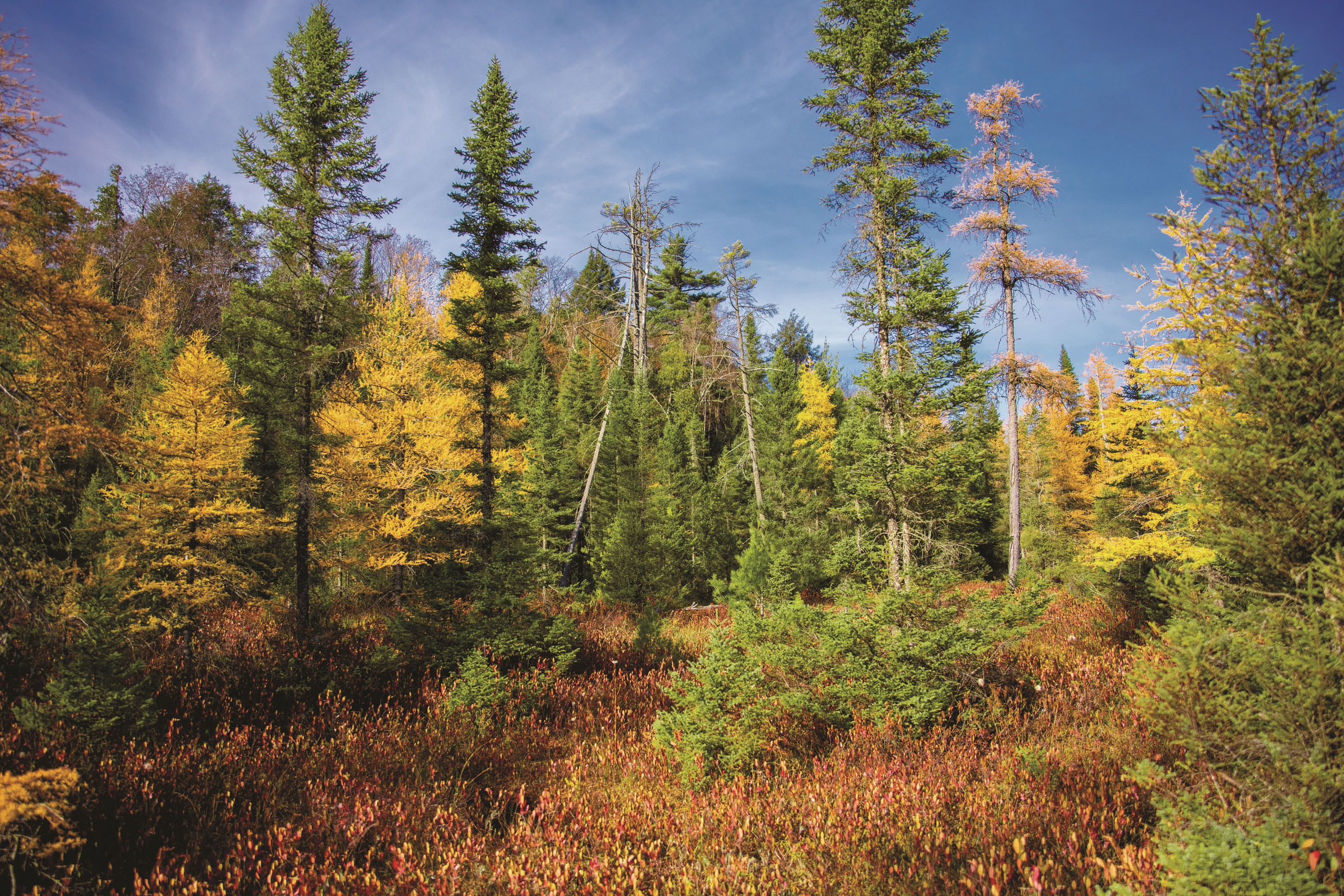
Help us give these species a place to land
Take action to protect our state’s biodiversity.
Support Michigan

